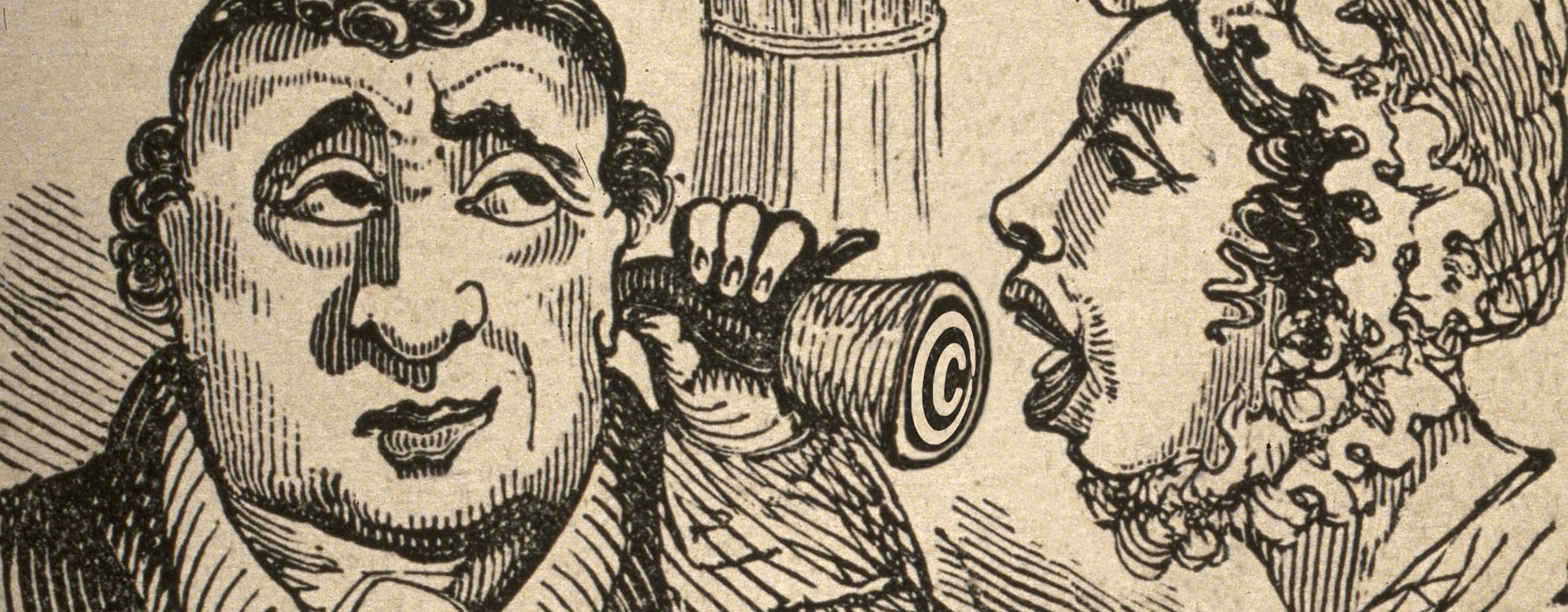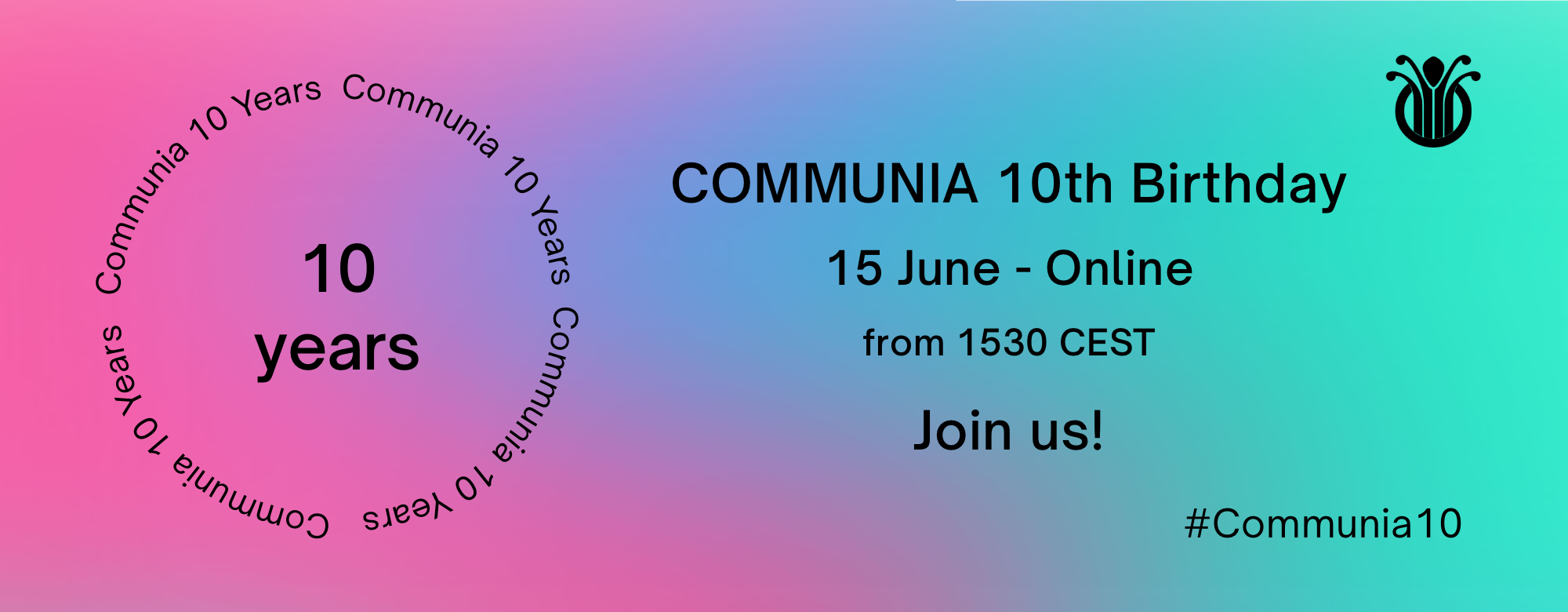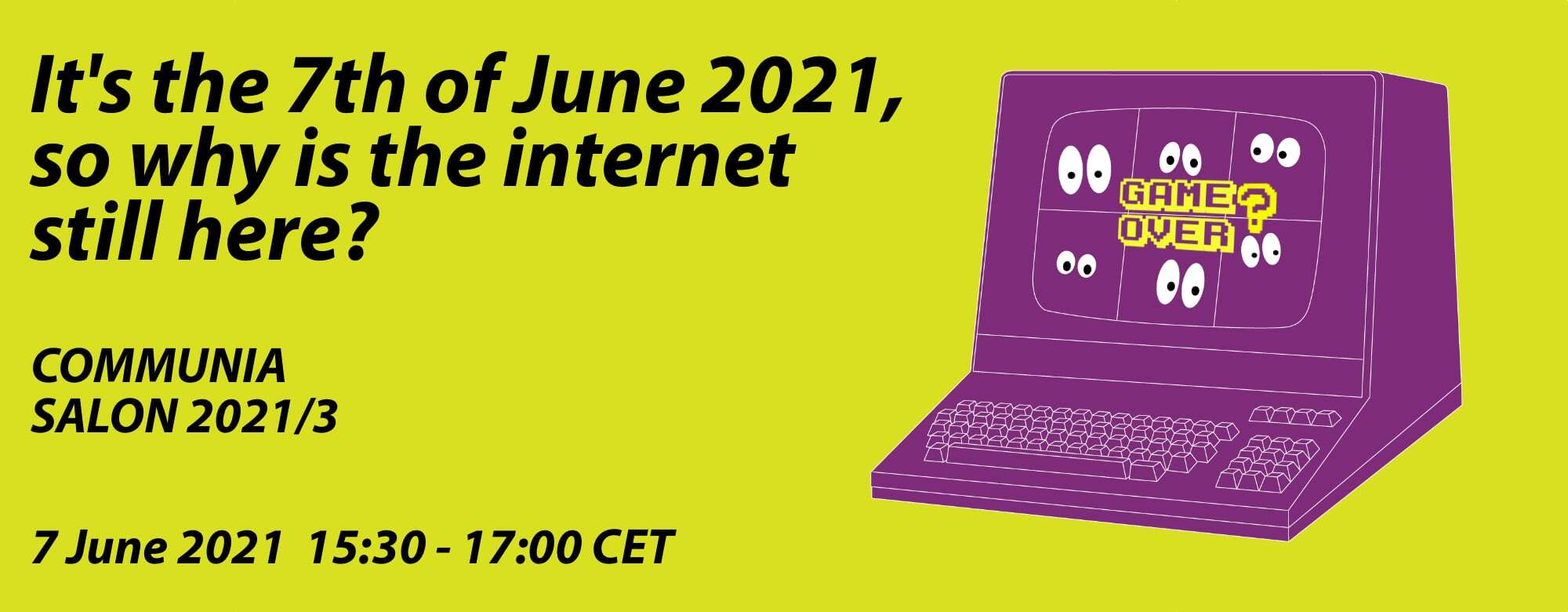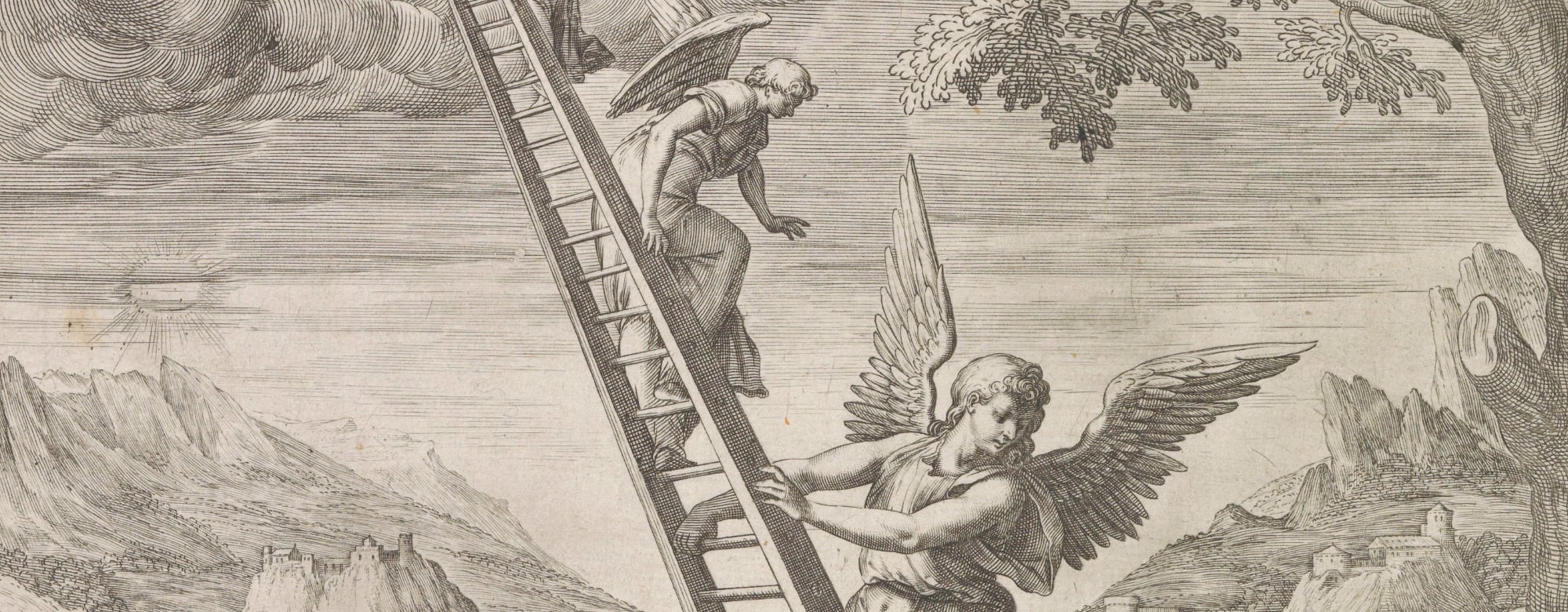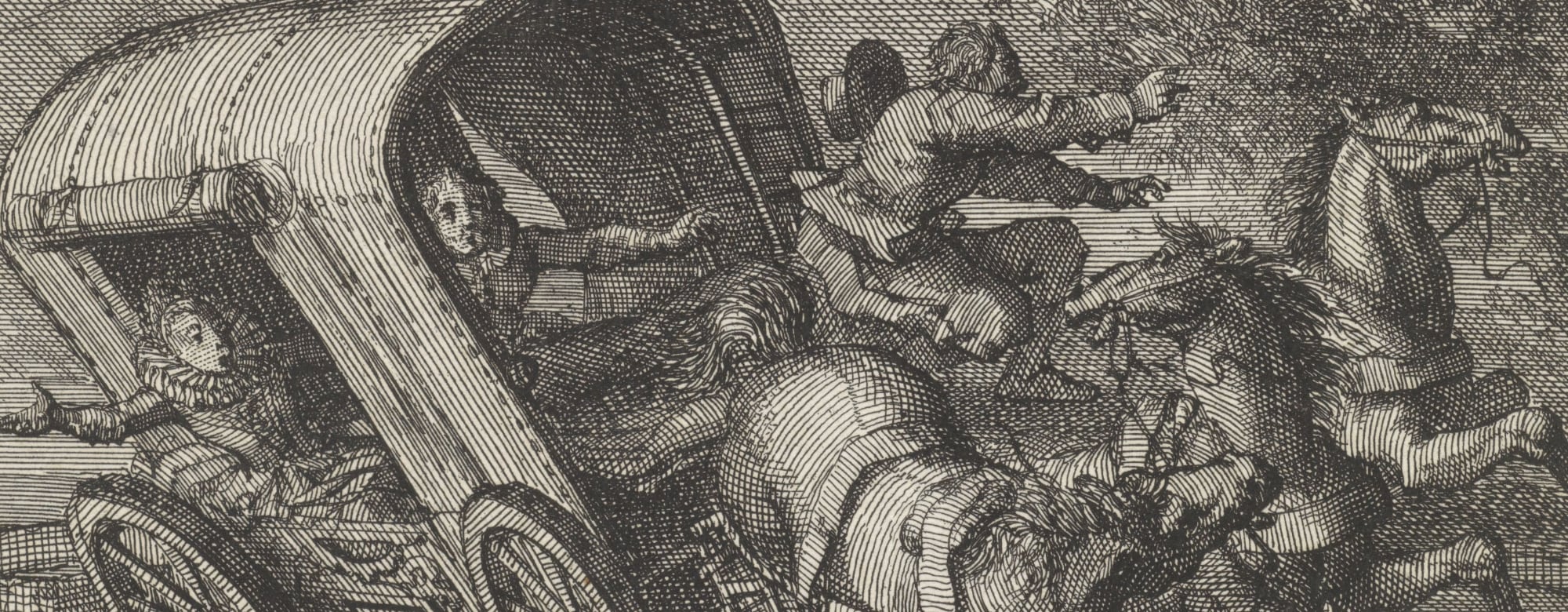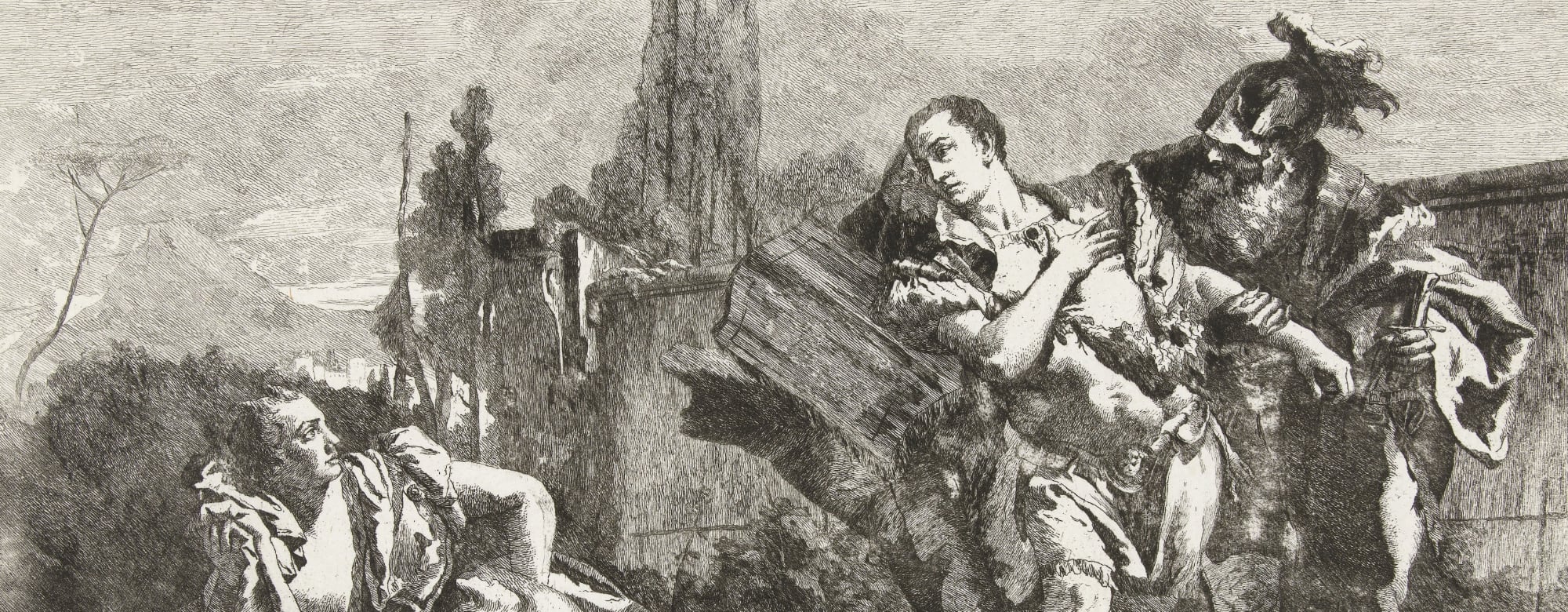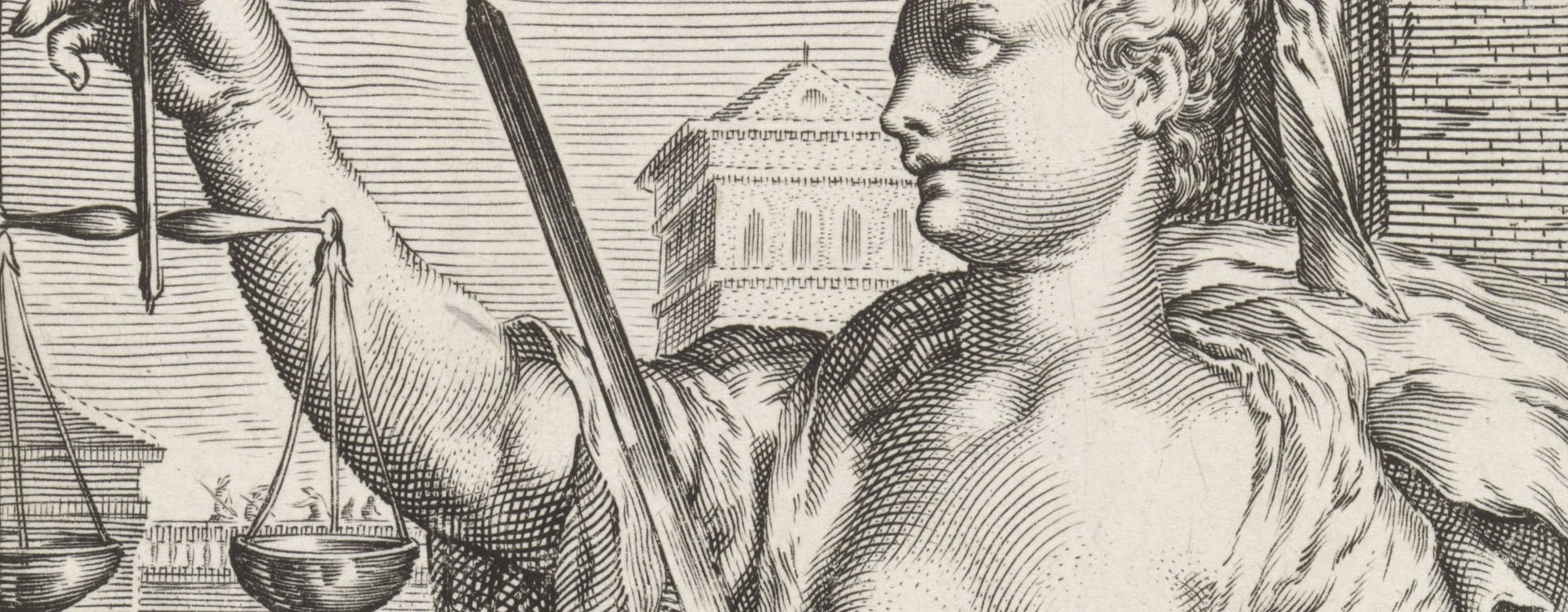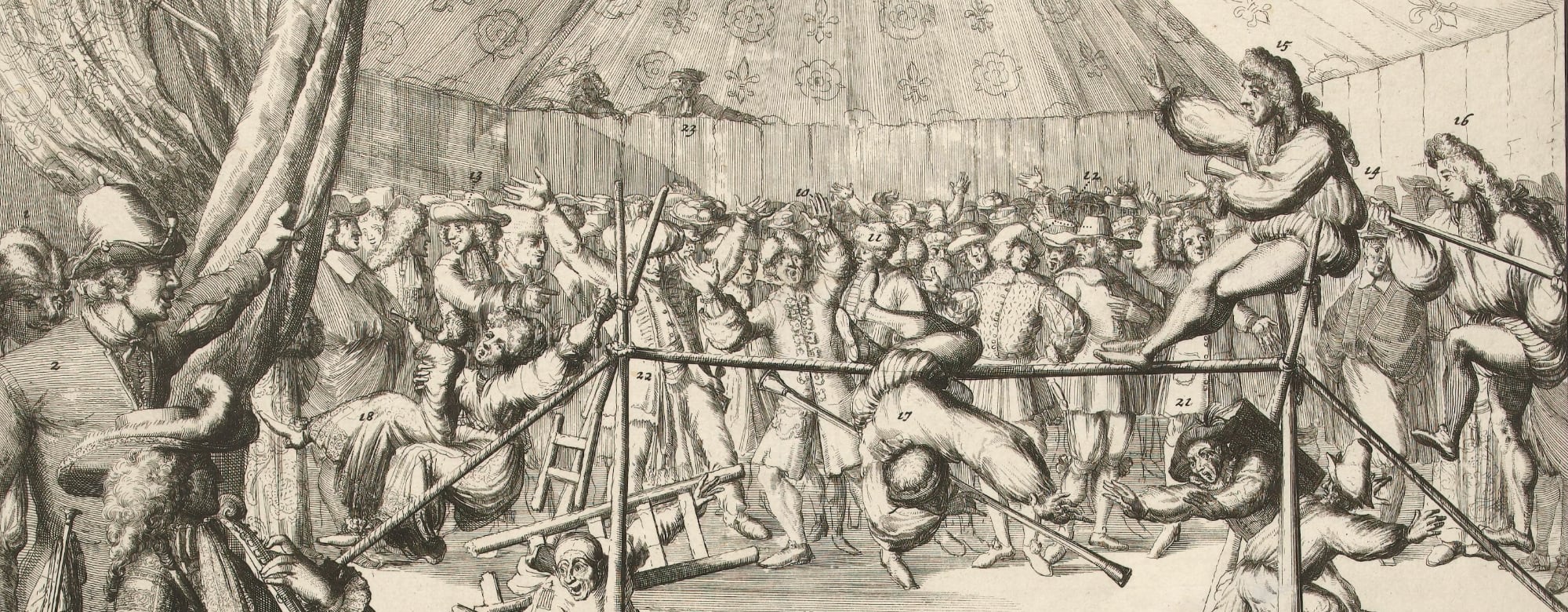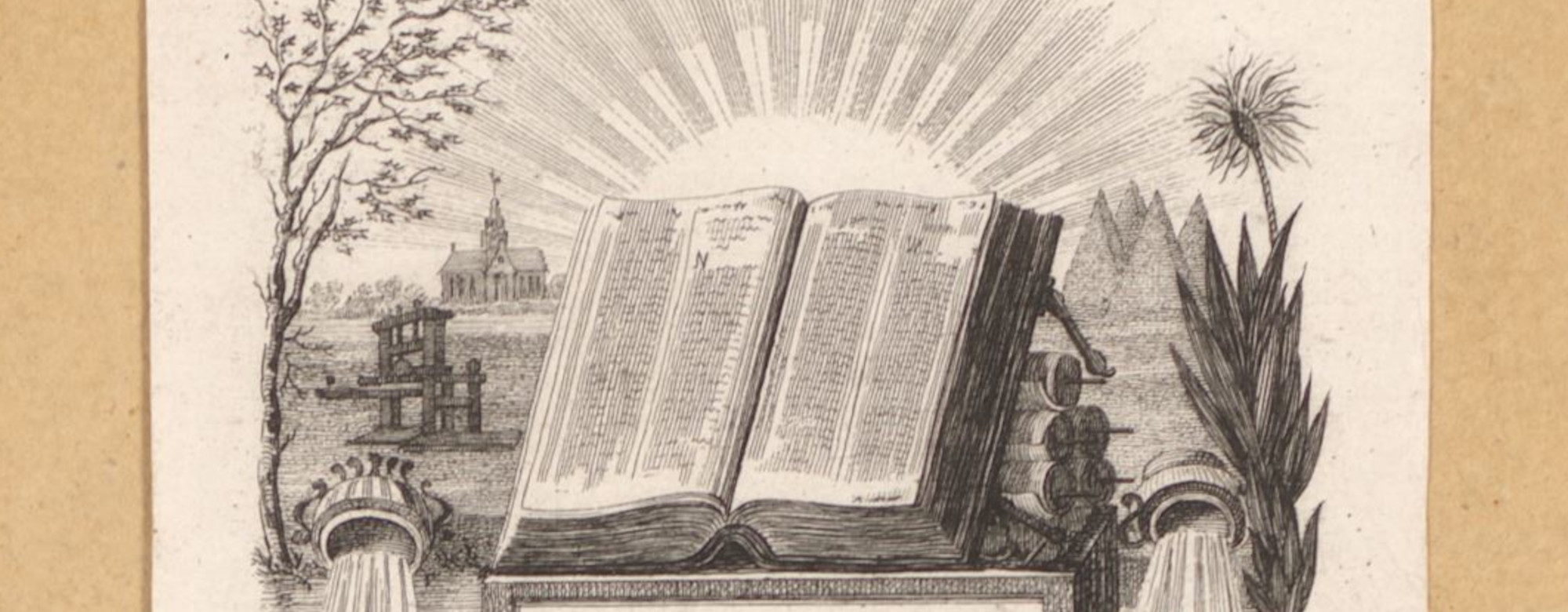Video Recording of COMMUNIA Salon on the Article 17 Guidance and the Launch of the Eurovision Implementation Tracker.
On Monday the 7th of June – the day of the implementation deadline for the DSM Directive – we held a special COMMUNIA Salon to mark the entry into force of the Directive, to assess the implementation process being made in the 27 Member States and to discuss the Article 17 implementation guidance published by […]
